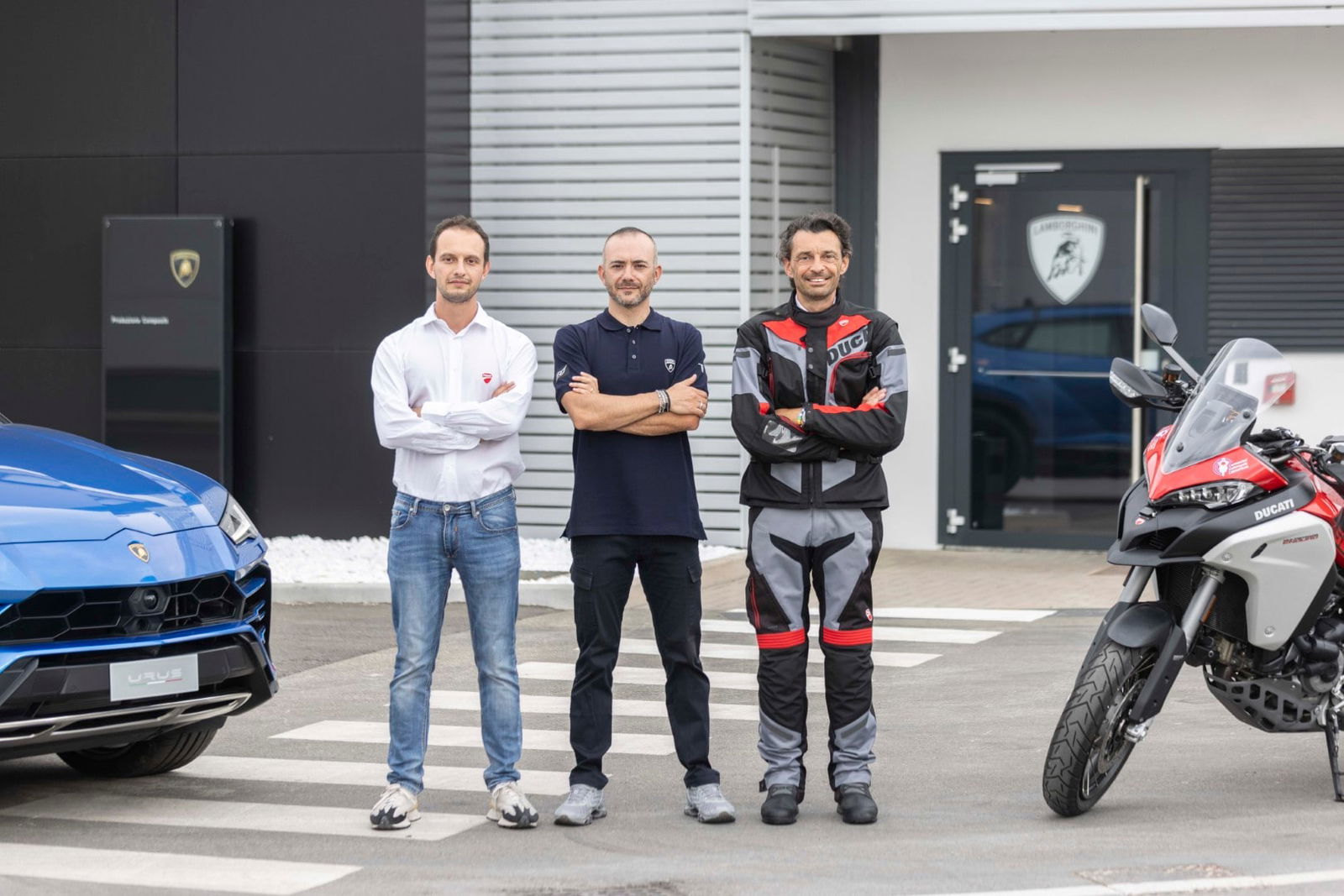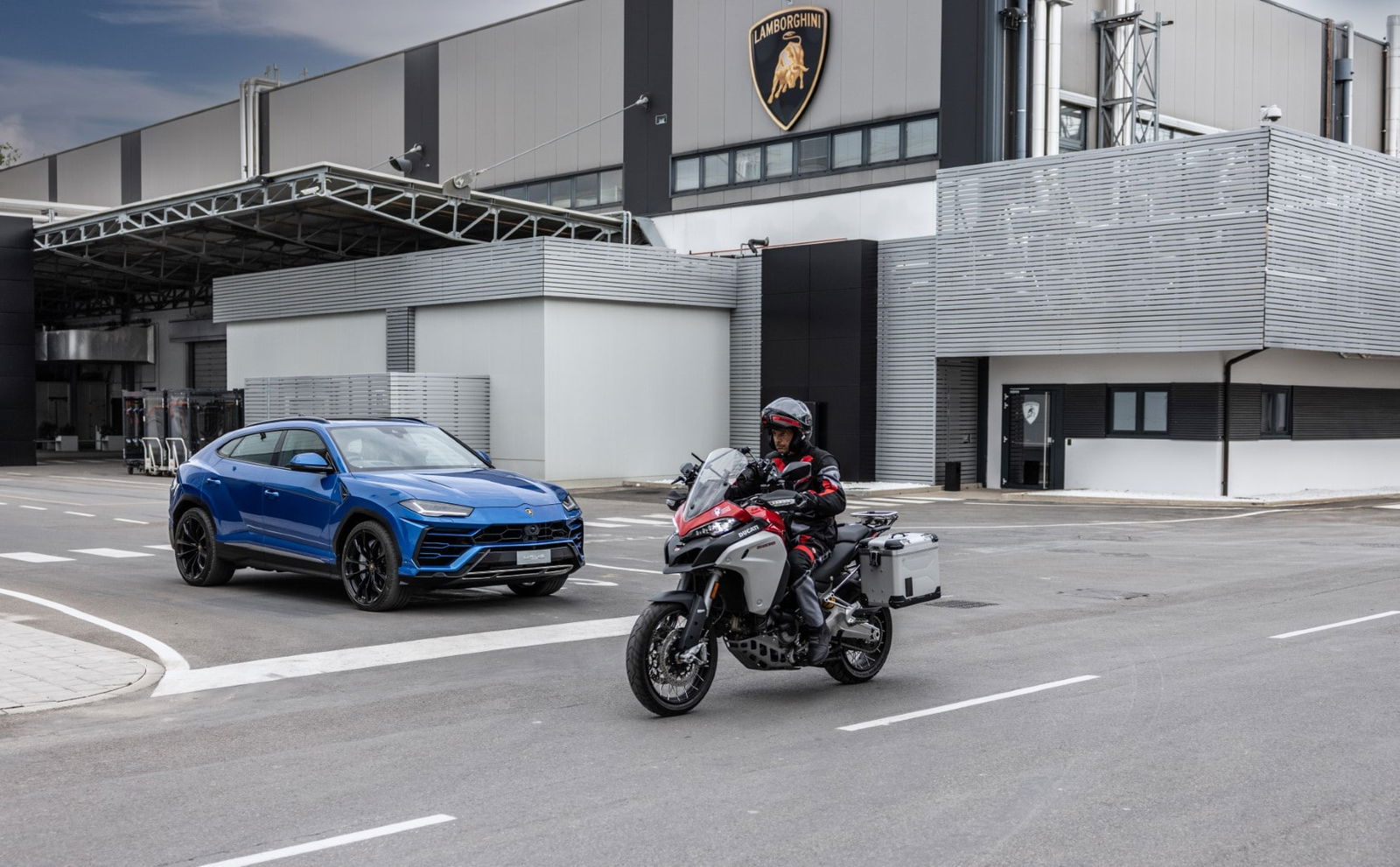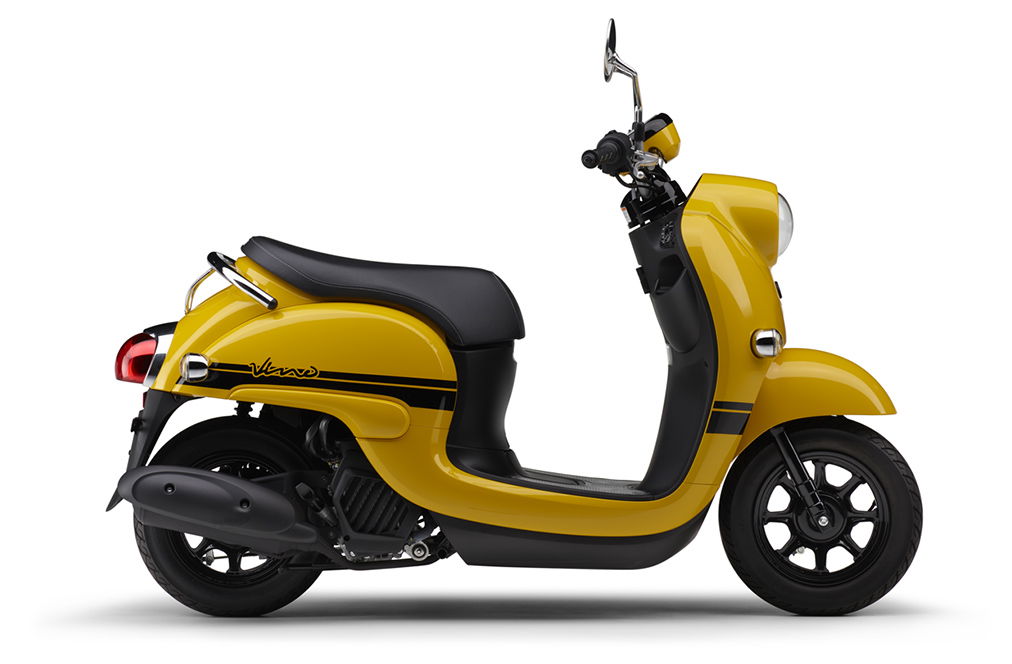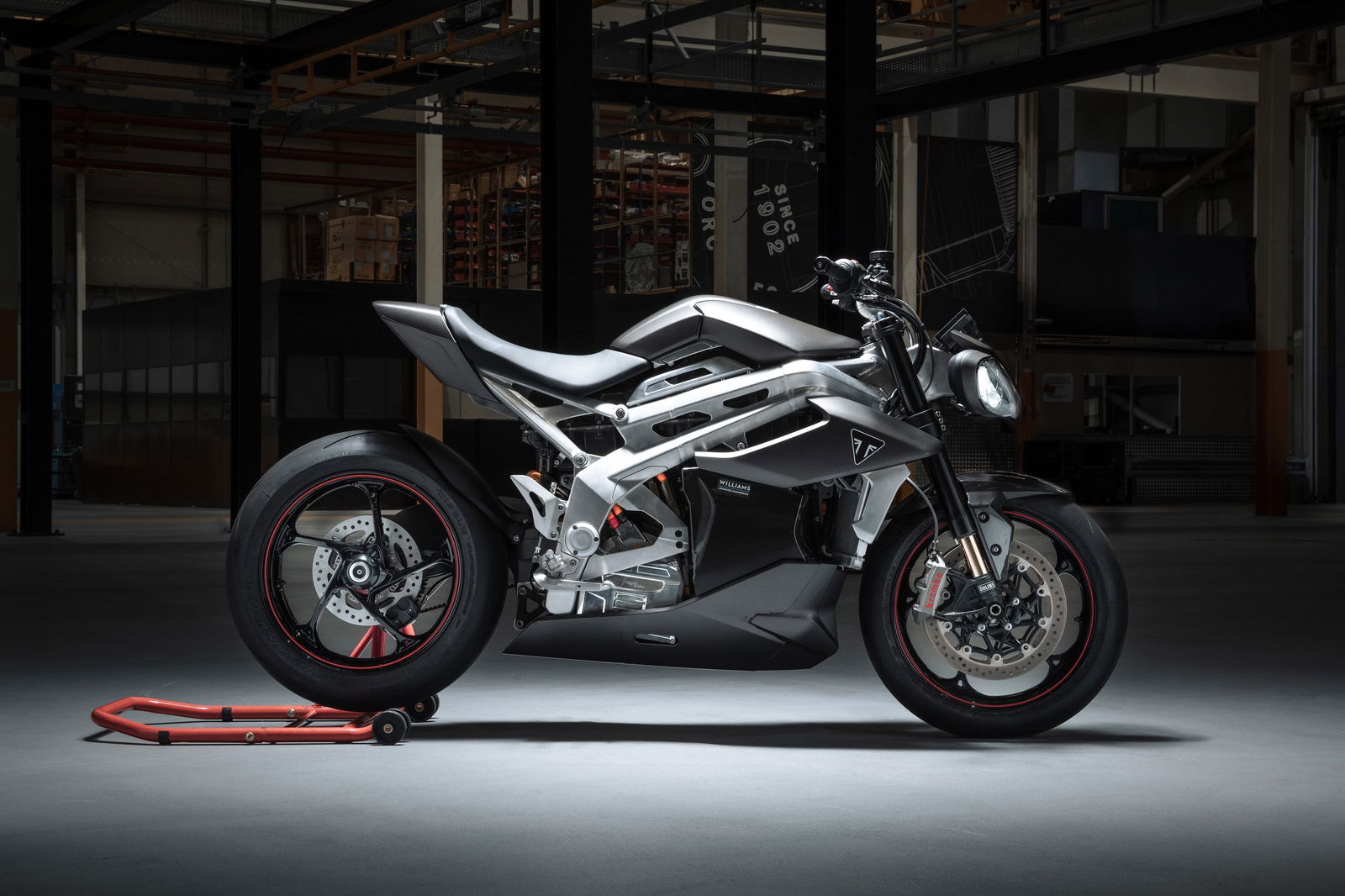Ducati, Lamborghini collaborate on CMC road safety project
Ducati and Lamborghini have collaborated on inter-vehicular communications to enhance safety and reduce the risk of collisions.

A recent meeting of the Connected Motorcycle Consortium saw Ducati and Lamborghini demonstrate the effectiveness of communication between motorcycles and cars in reducing the risk of a collision.
Ducati is in a particularly advantageous position in the development of inter-vehicular communication thanks to its ownership by the Volkswagen Group, which owns lots of car manufacturers. Lamborghinis are not especially common on the road, generally, but, as the Volkswagen Group’s two Italian subsidiaries, Ducati and Lamborghini have grown closer in recent years.

Last year, for example, Lamborghini badges were present on the factory Ducati team’s MotoGP bikes, the #63 (handily, considering the year of Lamborghini’s founding and its recent marketing surrounding that) Desmosedici of Francesco Bagnaia ending the 2022 season as World Champion.
This year, Lamborghini has been replaced by the much less exclusive logo of Monster Energy, but the collaboration between the two giants of the famous Italian Motor Valley can be seen in 2023 at the Connected Motorcycle Consortium (CMC), of which Ducati has been a part since 2016.
At the 2023 CMC event at the Lausitzring in Germany, Ducati used a video to show how communication between two vehicles can reduce the risk of a collision, and therefore the number of collisions that happen on the roads. The video used a Ducati Multistrada and a Lamborghini Urus.
An Urus might be one of the most disgusting sights in modern motoring, and is therefore quite hard to miss (its colossal size is also of benefit in this regard). A Multistrada, on the other hand, is much harder to see, mostly because, of course, it is much smaller than a car - even if it is one of the larger bikes on the market with its adventure-touring specifications and either 1,158cc V4 or 937cc V2 engine.

Nonetheless, the video stands to show that communication between the Urus and the Multistrada can lead to greater safety for the occupants of both vehicles.
This is because the human driver of a car or rider of a motorcycle can only ever have limited vision, such is the reality of biology. Technology, therefore, can theoretically be used to fill in the gaps left by the partial vision provided by human eyesight.
This was Ducati’s goal for its CMC project: to fill in the human blindspots.
To do this, it created a warning system. Still in its developmental prototype phase, the system “includes an additional screen on the motorbike on which warning signals are displayed which can inform the motorcyclist of any danger,” a Ducati press release reads.
The cases analysed and demonstrated at the Lausitzring by Ducati and Lamborghini were IMA (Intersection Movement Assist), LTA (Left Turn Assist) and DNPW (Do Not Pass Warning).
(For clarity, in places where people drive/ride on the right-hand side of the road, left turns are an equivalent scenario to right-hand turns in places where people drive/ride on the left-hand side of the road. Since Ducati an Lamborghini are both European manufacturers, and the CMC is a European organisation, and the presentation was made in Europe, LTA was more relevant than RTA, which would presumably be a switch made for left-hand-driving markets should this prototype make it to production.)
Ducati explains the systems as follows.
IMA (Intersection Movement Assist) - “[IMA focuses on a situation] When a motorbike, proceeding on a busy road, is approaching a reduced-visibility intersection at which a car is arriving at the same time from a secondary road. To make this situation even more critical, Ducati chose to insert a fixed obstacle to completely obscure the view of the motorbike both for the driver and for the car's auxiliary systems. In this case, the danger sign is displayed on the dashboard of the car, signalling the arrival of the motorbike, suggesting to the motorist to approach the intersection with great caution.”
LTA (Left Turn Assist) - “[LTA] concerns an intersection in which both the motorbike and the car are travelling on the main road but in the opposite direction and the car wishes to turn left. In this situation the motorbike vehicle is less visible than a car, even through the auxiliary systems, with the risk of not being assessed well by the oncoming motorist. Also in this case, as soon as the motorist activates the direction indicator when approaching the intersection, the traffic warning signal for the oncoming motorbike is displayed.”
DNPW (Do Not Pass Warning) - “[DNPW focuses on] the case in which a motorbike, in a queue, wants to overtake a large vehicle that precedes it and which in turn has a car in front of it, not visible to the motorcyclist, who wants to turn left. In this case it is the motorcyclist who displays the warning system as soon as the system sees that both the car and the motorbike have activated the direction indicator.”

Often, technologies that try to improve the safety of road vehicles lead engineers to deciding that humans are incapable of being completely safe and therefore unsuitable for driving a car or riding a motorcycle. They therefore decide that vehicles must be entirely driven by technology and out of the control of humans. In this case, Ducati and Lamborghini are appreciative of the limitations not only of humans, but also of technology, and appear to understand that technology is most beneficial to road safety when it fills in the gaps left by human biology.
Simone Di Piazza, Ducati Innovation Manager: “For Ducati the issue of road safety is really important. We have already demonstrated this in the past, being the first motorcycle manufacturers in the world to have the entire range equipped with ABS Cornering and the first to introduce Blind Spot Detection. The work presented today makes us proud and we are convinced that communication between vehicles, when ready enough to be introduced on all motorbikes and cars, will have a fundamental role in reducing the number and severity of accidents involving motorcyclists.”

